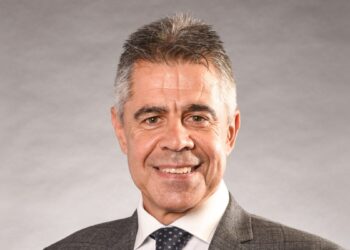Speaking in a recent podcast, Verante Financial Planning director Liam Shorte said there are two important reasons why SMSF professionals may want to help their clients reduce their taxable component for the future.
“One is that it reduces the death benefits tax for beneficiaries, but number two is that superannuation has become a very large honeypot for the government, so if you can try to have as much tax-free component as possible, there’s less chance that they will tax it,” explained Mr Shorte.
“The taxable component may get taxed, but they’ve given you a concession on your employer contributions or your salary sacrifice. So there’s a chance that they may be the only part that they actually tax, so we try to boost the tax-free wherever possible.”
Mr Shorte said there is a range of strategies that SMSF professionals may look at to try and bring down their client’s taxable component.
“One of the things we’ve seen this year is downsizer contributions. With a lot of our clients moving into pension phase and selling a home at the same time, we’re finding that we’re not only doing the downsizer, but we’re using the full non-concessional contribution cap,” he said.
“In a lot of cases, if they don’t have enough money to do both, we’re using it as an opportunity to take some money out of the existing account, and recontribute it as a tax-free, non-concessional contribution, just to reduce the taxable component for the future.”
Recontribution strategies will be an important strategy going forward, he said, with non-concessional contributions opening up right up to age 75.
“This is a great opportunity to move money from taxable to tax-free, but it’s very much an education purpose for your clients because for them, you’ve told them, their pensions are tax-free to them,” he noted.
“Don’t assume they understand you. Where I’ve got a client that has 50 per cent taxable and 50 per cent tax-free, I tell them by doing a recontribution strategy, we can reduce the amount of taxable component, and for every $100,000 of taxable component we reduce, it could save the children $17,000 in tax.”
Mr Shorte stressed the importance of explaining why you’re doing the strategy.
“I find with most SMSF clients, they do think long term, they’re thinking about what’s going to be left for the children. So it is a very attractive strategy for them, and it doesn’t cost them much. If they’ve got the cash flow in the fund, it’s just a matter of taking it out, putting it back, they’re not selling assets but there may be a cost to set up the new pensions and to do the transfer balance account reporting,” he said.
It is also important, he said, to try and ensure that the concessional and non-concessional contributions don’t mix.
“Try to make sure that the two never mix. So there are some timing issues there. [For example], a lot of clients, if they’re already in pension phase, they’ll want to make a concessional and non-concessional contribution, so we might move the non-concessional in on 1 June and set up a pension straightaway, before we put the concessional in, so that you’re not mixing the two components,” he explained.


